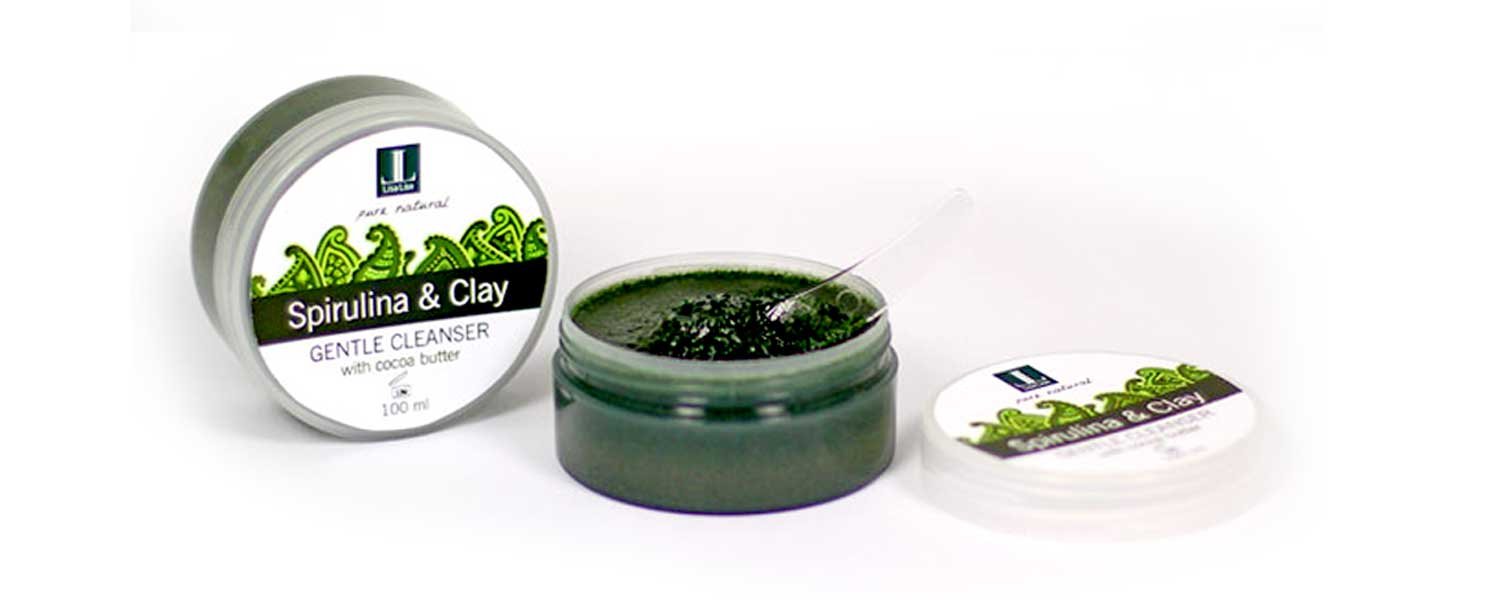How to : Shower Shaker Body Scrub
Lise
This came about during a spell of making loads of bath products – partly for Module 1 of the Formulation Course at Tisserand Institute and partly for this book.
Today, I'm going to show you how to make a Salt & Pepper Shower Shaker.
A Shower Shaker is a Dry Scrub for the Shower
We all know exfoliating scrubs, emulsified scrubs and other scrubby things, but have you ever made and used a dry scrub in the shower?
I hadn't either until this idea popped up. In many ways, it sounds a little bonkers to bring a dry scrub into a shower. But I experimented with a few ways to make it work, and this version turned out quite well so I had to share it.
Spoiler alert: despite what it looks like, there's no pepper in this product.
Packaging is an Integral Part of the Formula
Part of getting this product to work is finding/making appropriate packaging. There are loads of possiblities. For this batch, I used a small take-away cardboard coffee cup with a plastic lid that I punched holes in to create the 'shaker' bit. It works like a charm.
These cups hold 100 dl / 3.38 fl oz and are the perfect size for a single use. Even though they are sold as single use, I reuse them a few times. The plastic lid can be reused over and over again.
Shower Shaker Ingredients
There are only 4 ingredients to these shakers and you can pretty much put them together any way you like.
Choose salts or sugars that function well as exfoliants (no flaked salt or anything with sharp edges that might scratch the skin). In the pictured batch I am using fine Himalayan Pink Salt.
The 'pepper' in this shaker is actually coarsely ground hempseed flour bought at a local supermarket. You could also use ground hempseeds, or you could replace it with another herb that gives the mixture a peppery look.
Milk powder is added for a little luxurious extra. I use powdered skimmed milk (from a local supermarket). You can omit this ingredient if you like, or replace it with coconut milk powder for a vegan version.
Grated cocoa butter is a little bit of skin-loving magic that gives this mix a fabulous moisturising boost and leaves skin glowing. There's just enough added to moisturise the skin yet not enough to create cocoa butter build-up in your pipes (you're welcome, plumbers).
I've made numerous shaker mixes (both with and without cocoa butter), and every time I've left out the cocoa butter, it exfoliates just fine but just doesn't have that 'fabulous factor'. If you try it yourself, I'm guessing you'll agree.
The cocoa butter should be grated quite finely and distributed as evenly as possible throughout the mixture for optimal results. I know it's a bit fiddly to make grated cocoa butter, but it's worth the trouble.
TIP: Chill the cocoa butter before grating it and immediately store your grated cocoa butter chilled if you want it to remain finely grated and not turn into a lump that needs to be re-grated.
So, are you ready to give this a try? The following is enough for about 5-6 scrubs.
LisaLise’s Salt and Pepper Exfoliating Shower Shaker
| Ingredient | Grams | Ounces |
|---|---|---|
| Salts of Choice | 255 | 9 |
| Coarse Hempseed Flour | 15 | 0.53 |
| Powdered Skimmed Milk | 15 | 0.53 |
| Grated Cocoa Butter | 15 | 0.53 |
Method
Weigh out all ingredients
Place in bowl and stir to incorporate thoroughly
Transfer to air-tight container for storage
Now all you need to do is find/make your ideal shaker container to use when it's time to exfoliate. If you use cups like the one pictured above, it's easy to measure out a few portions by filling a few cups and storing them dry until use. I’ve played around with numerous different types of containers and found most of the work. I’ll be posting more ideas in upcoming posts.
How to use a Shower Shaker
Start by running the water and stepping under the shower to get thoroughly wet.
Now, turn off the water and grab your shaker. Sprinkle enough mixture into a hand for one limb and scrub to your hearts desire.
Repeat until you have exfoliated everywhere and the shaker is empty.
Run the water again to rinse off.
Dry off as usual.
Not only are you exfoliating and moisturising in one go, you are also saving water and sharing a bit of sustainable love for the planet (as well as your utilities bill).
How can that be anything but win-win?
Do Tell
Are you curious enough to give this a try? Please drop a comment and share your thoughts.
PS. The book below is what I was working on when the shower shaker idea came to me.

















